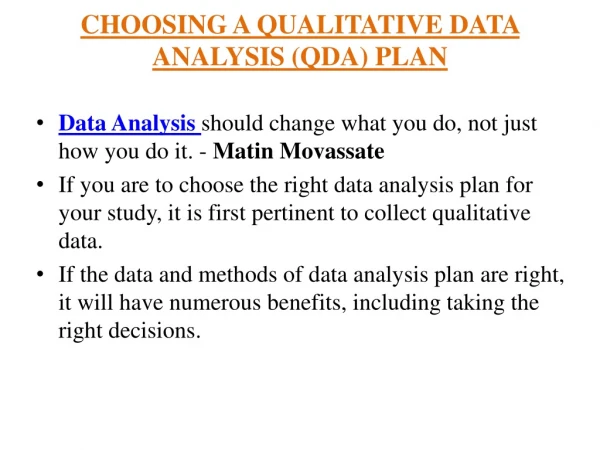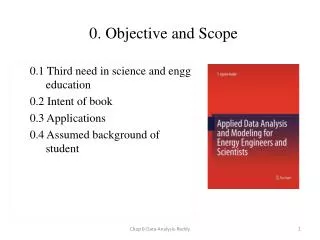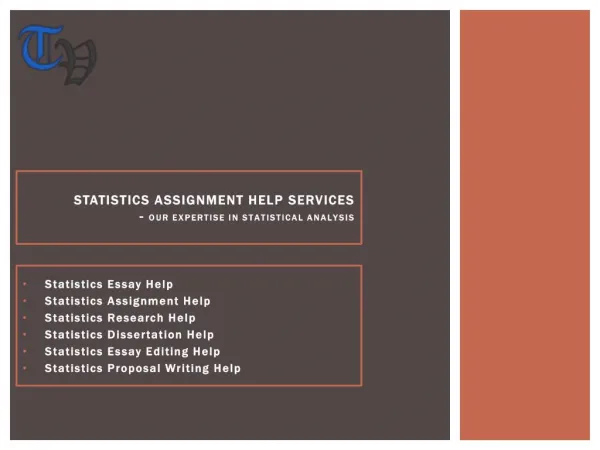CHOOSING A QUALITATIVE DATA ANALYSIS PLAN
The different types of data analysis plans: 1.tThematic Analysis (TA) TA is a flexible and non-research design specific data analysis plan. It generates themes from interview data and is useful in case studies, phenomenology, and generic qualitative and narrative analysis, among others. If you are a novice researcher, looking for an easy to follow analysis plan and rigorous enough to generate meaningful findings, TA is the right choice. 2.tInterpretative Phenomenological analysis (IPA) For the phenomenological research study, IPA is the right choice. It brings out the core of the phenomenon under review. Other plans like Moustakas' Modified Van Kaam, Colaizzi, Giorgi, and Heuristic analysis also help to study phenomenological research. Even TA can be used, and the ultimate aim and focus should be to generate meaningful results. 3.tGrounded theory Unlike TA and IPA, the grounded theory uses specific data analysis plan. It requires you to use the analyzed data concurrently and applying constant comparison method of analysis. It is because of its utilization of theoretical saturation. It goes beyond adding to the existing knowledge and developing a new theory about a phenomenon grounded on data. 4.tQualitative dissertation (QD) QD is the most effective of all other types of other plans and it is used in market research. 5.tContent Analysis The qualitative content analysis draws realistic conclusions after organizing and obtaining elicit meaning from the data. You have to choose manifest analysis for broad surface structure or latent analysis for the deep data structure. It involves four major stages, which include: u2022tDecontextualization u2022tRecontextualization u2022tCategorization u2022tCompilation 6.tNarrative analysis Narrative analysis focuses on different elements to make diverse but equally substantial and meaningful interpretations and conclusions. It is a genre of analytical frames used by researchers to interpret information with the context of research shared by all in daily life. Discourse analysis Also known as discourse studies, is a broad term for studying the ways of how people use language. It is the approach to analyze written texts, spoken contexts, sign language, and significant semiotic event. Its objective is defined in terms of coherent sequences of sentences, propositions, speech, or turns at talk. 7.tFramework analysis Framework analysis assesses policies and procedures from the same people that they affect. In this analysis, the data is shifted, charted, and sorted in accordance to answer researches that have specific questions to answer with a limited time frame and a predesigned sample of prior issues. Framework analysis uses five steps, including: u2022tFamiliarization u2022tIdentifying a thematic framework u2022tIndexing u2022tCharting & mapping u2022tInterpretation 8.tParticipatory action research (PAR) PAR enhances collective inquiry among the communities concerned as an approach to research them. It also emphasizes participation and action among them. 9.tCase Study The case study qualitative analysis plan has evolved over the last few years into a vital tool useful for investigating trends and specific situations in a lot of scientific disciplines. It is of great use to test theoretical models by using them in real-time world situations. It does an in-depth and detailed study of an individual or a group of them to provide their narrative descriptions of behavior or experience. Choosing from the above several qualitative analysis plans will help to do and write the research effectively and also having fun doing it. But if you need further help contact professional help for choosing the appropriate qualitative analysis plan for your research.
★
★
★
★
★
135 views • 12 slides




